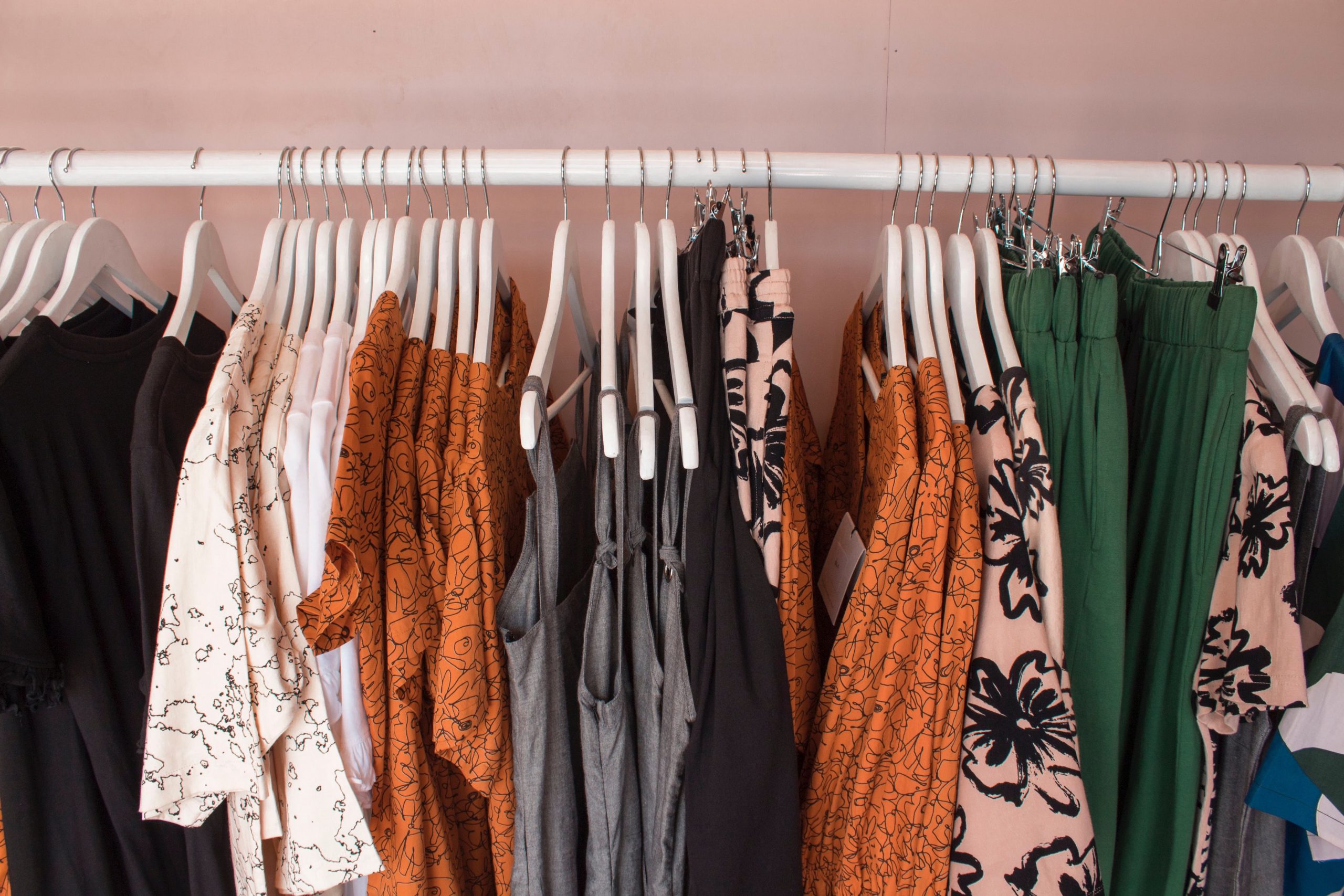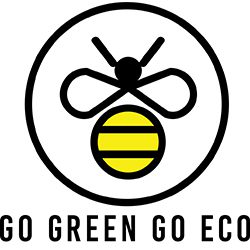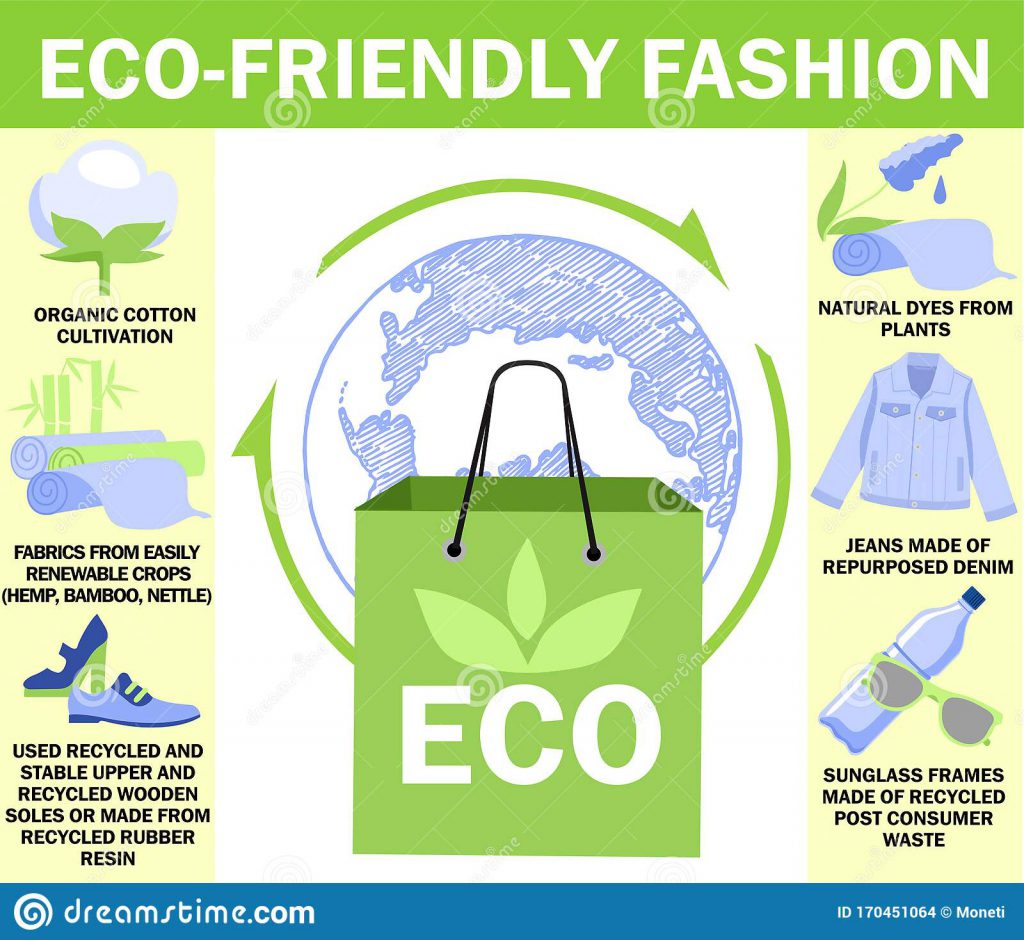

Slow living, slow food and now slow fashion. What is it and can it really save the planet and how? I asked myself this question while wearing my favourite vintage dress I bought ages ago in Camden Market and searching for best ways to buy my new autumn coat following principles of slow fashion. I am aware that this blog is the tip of the iceberg I hope that it will inspire and encourage further research and new ways of keeping a wardrobe up to date. According to my clothes designer friend, this is a very complex topic with endless factors but it shouldn’t discourage us day-to-day shoppers from taking greens steps.
The fashion industry, including the production of all clothes which people wear, contributes to around 10% of global greenhouse gas emissions due to its long supply chains and energy intensive production
United Nations
Fast fashion, as opposed to slow fashion, is based on a model of introducing as many as possible collections created fast with “Fashion giant H&M releasing 12-16 collections per year and Zara launching a new collection approximately every two weeks (equivalent to approximately 24 collections per year)“. The impact of this artificially created demand of clothes purchases is immense, and includes:
- Short production cycles put pressure on workers, who end up being underpaid and working in inhuman conditions.
- Production hubs move further and further away, impacting already-long supply chains. Nowadays they’re mainly based in Bangladesh, Vietnam and Sri Lanka.
- Overload of clothing results in unworn items that land in the garbage (85%) after 2.2 years (in the UK) on average.
- Types of textiles used include cheap chemical fibres, such as polyester and nylon. They are not biodegradable and release endless microplastics to our rivers and oceans every year.
- Water intensity and waste produced by fashion industry is 20% of global waste water. 10,000 litres of water is needed to grow one kilo of cotton needed for the pair of jeans!
How to get started with slow fashion
We’re all creatures of habit and first steps can seem daunting simply as they require changing perspective and stop buying on ‘auto pilot’. There are many ways to start a green journey to slow fashion.
- You can either try to prolong life of what’s already in your wardrobe.
- Or you can start buying either from brands who put sustainability at heart or search for second hand clothes.
- What about considering to start renting garments?
Make your clothes last longer
Check stems
If you want to test that your new items will be durable see if you can see light through stems and try to pull any strings you find. If they hold, they were made well. If they start to unravel, they will land in a landfill faster than you think. This can be tricky though when buying online, especially now in the times of global pandemic.
100% fabrics
While opinion differ, many experts suggest to buy clothes made of one textile e.g. 100% cotton or 100% wool, as they will breath better resulting in less sweating. Which in turn means less frequent washes making clothes last longer.
Wash properly
Check labels and wash accordingly to instructions.
- What you were next to your skin, should be cleaned on a higher heat (60 degrees).
- Otherwise check if you can follow advice on lower degrees washing (30 degrees) and best detergents to do the job. I just found this portal Clean Right from EU offering a variety of suggestions.
Remove pesky stains
Use vinegar or bicarbonate of soda to apply on yellow sweaty stains especially under the armpits. You’ll be able to wear your favourite shirt or top longer with this eco and cheap way of getting rid of stains.
Mend your clothes
You can either choose to support your local tailor to sort out holes, broken zips and any sort of repair. Or you could learn how to sew yourself.
Buy from sustainable brands to support slow fashion
When it comes to brands following principles of slow fashion, there are many to choose from. They’re not necessarily the high street ones but I surprised myself while searching for information how many more clothes producers start putting quality over quantity. Whether it comes from their own eco values or whether they appear due to demand from generation Z (aged 18 to 24), who might (hopefully) end up dethroning fast fashion.
If generation Z’s habits are adopted by the population as a whole there could be a shift to consumers with a “divided wardrobe” – featuring rented items and others bought from resale vendors – becoming the new normal.
The Guardian
Try one of many of the online second hand shops, peer-to-peer and marketplace. Great way to practise slow and sustainable fashion, good value for money and might help to find a real gem! Not mentioning of helping to save the planet.
Consider renting
I must admit I have never done it myself and writing this blog allowed me to discover and learn about this new fabulous world of dressing up opportunities! This approach to slow fashion can be for one off cocktail party occasions, or a way to refresh wardrobe monthly with a monthly subscription fee. And there are so many models.
- It can be based on liking items that suit you and being offered more and more choice based on an algorithm.
- You can get recommendations from stylists (who might even come and see you in our own home to discuss what you need!).
- You can also pick peer-to-peer renting brands or use concierge service instead.
- Some websites even offer a possibility to shop in different ways: rent or buy new or used (good as new).
I haven’ tried any of these companies, but I am listing a few examples in case you want to find out more.
- Hurr “The Wardrobe Rental Platform For The Modern Woman”
- Onloan “Wardrobe Freedom”
- Rotaro “Rent. Reduce. Repeat.”
- Endless Wardrobe “Rent. Buy new. Buy Good As New.”


